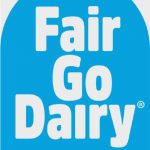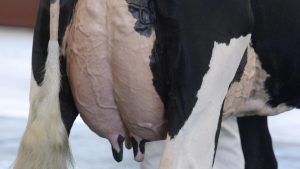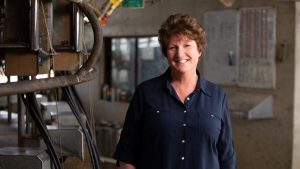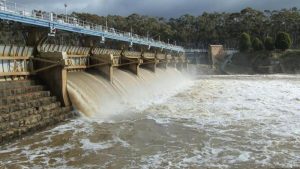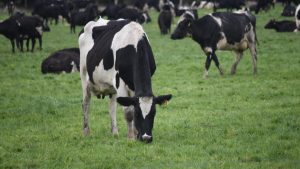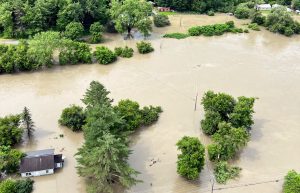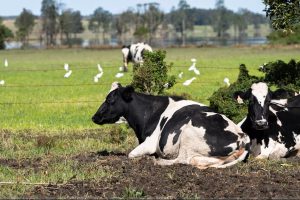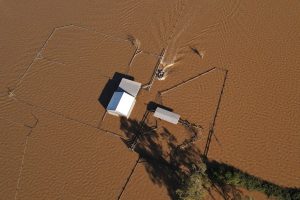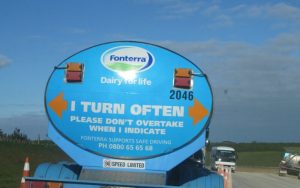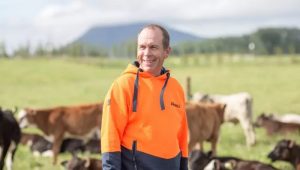
The conference, which had a data theme, heard the dairy industry had an increasing number of data collection points and sensors, but managing the increasing amount of information had become an issue.
Former not-for-profit CEO and current farmer from Colac, Jacqui Suares, said it would be advisable when investing in technologies to find out how integrated the systems you are using can be with new ones.
“For example our software for herd recording and our animal tracking-monitoring system are not integrated,” she said.
“So things like calving a cow needs to be across two systems to keep their lactation length accurate.
“Had I thought about it more I may have chosen a different system or talked to technicians about how they may be integrated.
“All data systems are valuable in terms of information they can generate, but also the sorts of reports and management tools, but if you have to enter the data into more than one system to get a thorough report, that becomes tedious.”
Former Numurkah farmer and now operating in Mt Gambier, James Mann, said his business collected information on genomics, herd testing, water monitoring and pasture performance.
“It becomes an issue of how do we get better value out of it, given that we are human and have a limited capacity,” he said.
“How do we get it to be more useful in decision making every day.
“We are wrestling with that.”
Mr Mann said it was good to have so many data points generated, but the challenge was to bring it all together.
He agreed that the programs should ‘talk’ to each other.
“It’s like a conversation, with one bloke talking French and the other talking English.”
Herd21 was held at Bendigo on Wednesday, March 10, and the 150 people attending heard presentations from scientists, academics, farmers and genetics companies from the United States, Canada and Ireland.

